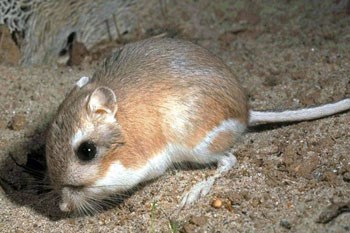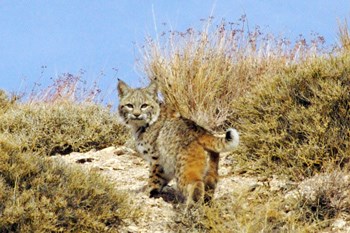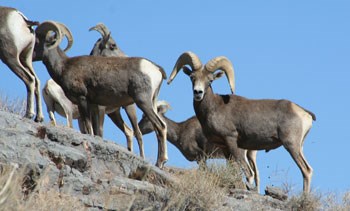Featured Species
Mammals Found in Death Valley
NPS Photo BATS

NPS photo SMALL MAMMALS

NPS photo SQUIRRELS

NPS / Cookie Ballou MEDIUM MAMMALS

NPS photo CARNIVORES

NPS photo HOOFED MAMMALS
|
Last updated: January 17, 2021
Featured Species
Mammals Found in Death Valley
NPS Photo BATS

NPS photo SMALL MAMMALS

NPS photo SQUIRRELS

NPS / Cookie Ballou MEDIUM MAMMALS

NPS photo CARNIVORES

NPS photo HOOFED MAMMALS
|
Last updated: January 17, 2021